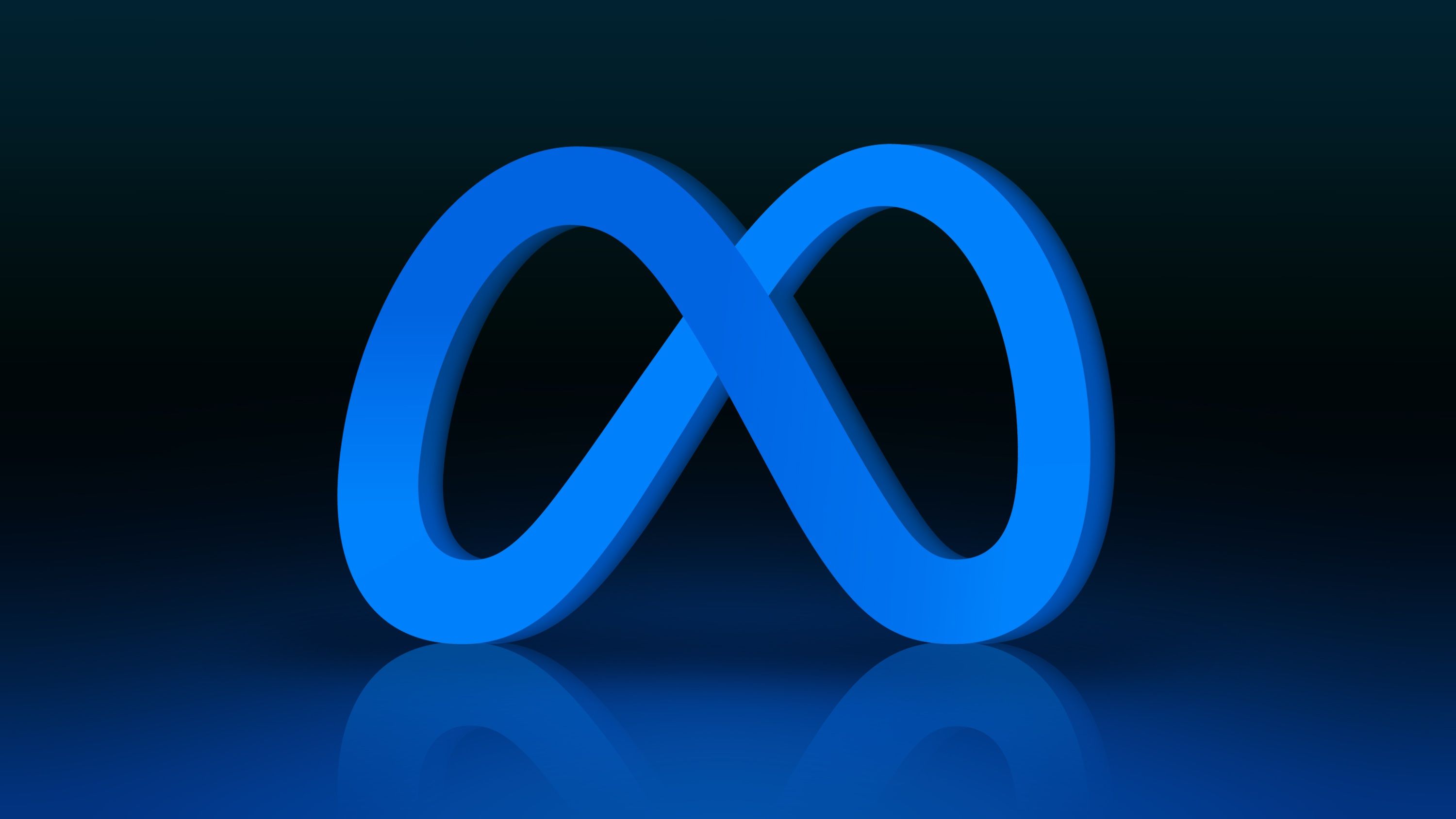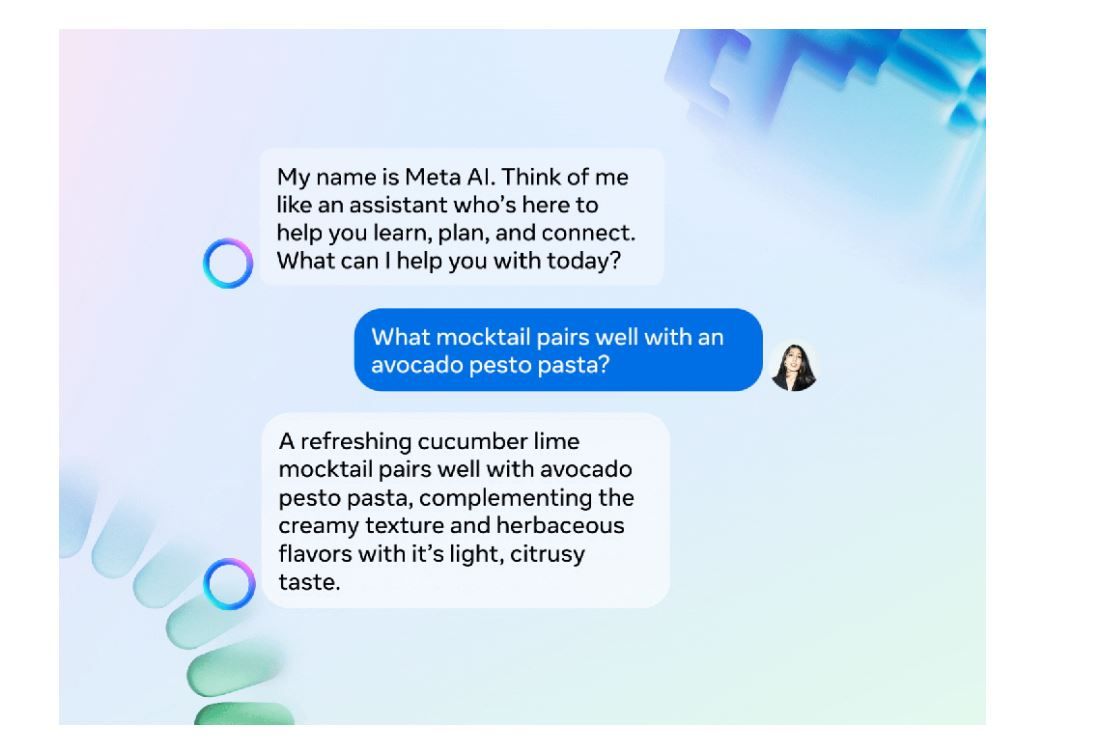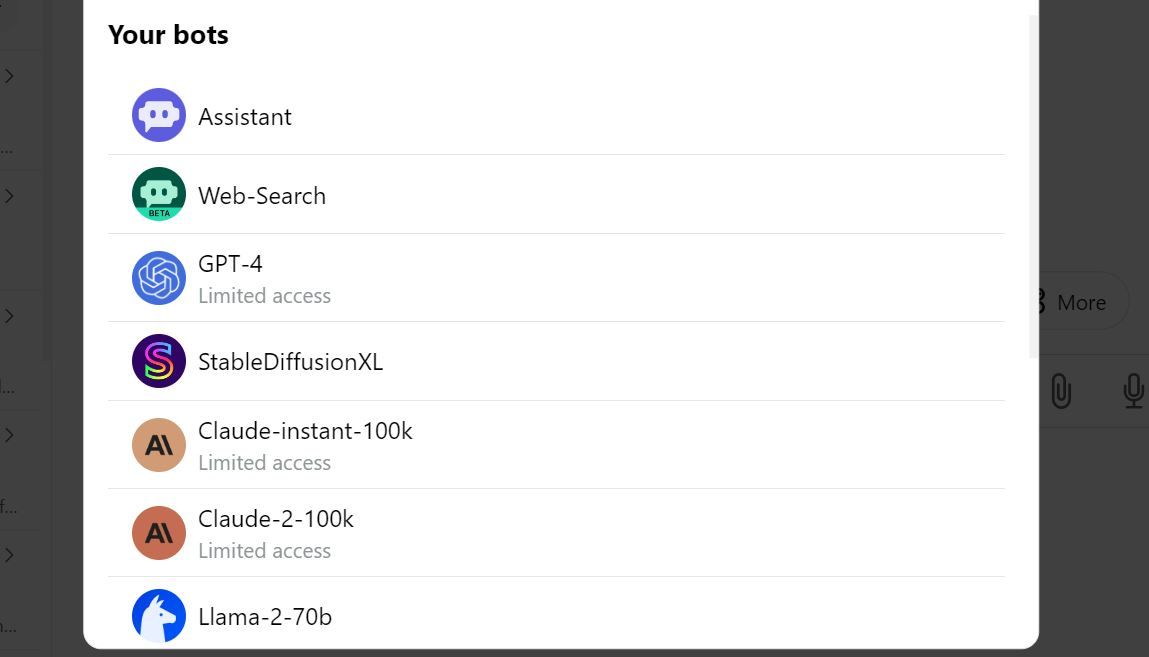
Unraveling the Power Dynamics Between MetaAI and Bots

Unraveling the Power Dynamics Between MetaAI and Bots
Artificial intelligence is all the rage, and almost every major tech company has a dog in the race. OpenAI, Google, Microsoft, and even e-commerce giant, Amazon, are all trying to outdo each other.
Meta, a significant player in the AI space, has mostly been silent in the ongoing AI face-offs. However, the social media giant has unveiled MetaAI, its response to OpenAI’s ChatGPT and Google’s Bard. But how good is MetaAI and will it be able to compete with other established AI chatbots? Let’s find out.
Meta Announces MetaAI Chatbot

While the likes of OpenAI, Anthropic, and Google are today’s public face of AI technology, Meta has made comparable strides in the AI landscape, although with less publicity. Most of Meta’s platforms, including Facebook and Instagram, rely heavily on AI to operate smoothly.
However, unlike its peers, a bulk of Meta’s AI tech has been kept behind the scenes, powering its various apps without being available in the form of public-facing tools like AI chatbots. Previous attempts to build public-facing AI tools of this nature have mostly ended in failures. Notwithstanding, Meta has now announced the company is rolling out an AI chatbot aptly named MetaAI.
What Is MetaAI?

Image credit:Meta
MetaAI is an AI-powered personal assistant built for completing tasks like serving answers to questions and generating images based on natural language prompts. If you have used ChatGPT, the idea behind MetaAI is the same, although with a little bit of nuance.
MetaAI is powered by a fine-tuned version of Meta’s Llama-2 large language model. Llama-2 is a relatively powerful open-source language model currently deployed on several AI platforms like Quora’s Poe.com.
MetaAI will be available in a conventional chatbot interface like ChatGPT, but will also be integrated into Meta’s messaging apps like Messenger, Instagram, and WhatsApp. So, from any of those interfaces you’d be able to have conversations about anything; basically ask questions on any topic and get replies.
But here’s where MetaAI will get really interesting. On some of the Meta platforms where it will be integrated, the AI tool will be deployed in the form of customized or niche chatbots that are trained to have better conversations on specific topics.
In a demo at its Meta Connect 2023 event, Meta showcased a niche MetaAI chatbot named Max that acts as your virtual chef and culinary guide. A chatbot named Lily acts as your editor and writing partner. There’s also a chatbot named Lorena that will be your travel guide and Luiz, a showy MMA expert you can interact with. Meta teamed up with celebrities like UFC fighter Israel Adesanya and American rapper Snoop Dogg to be the face of certain chatbots.
But that’s not all. MetaAI will also serve as an access point to Meta’s other AI technologies like its EMU (Expressive Media Universe) image generation model. So, you can stay within the MetaAI chatbot and generate images or within WhatsApp to generate stickers by using simple natural language prompts.
Can MetaAI Compete With Other AI Chatbots?

The AI chatbot space is very competitive. With impressive offerings like ChatGPT, Claude AI, Bard, Character AI, and Perplexity, breaking into the AI chatbot market isn’t going to be easy even for companies like Meta.
Also, Meta’s Llama-2, which powers MetaAI, is not exactly the most advanced AI model on the market. However, it does have considerable capabilities. In our in-housereview of the Llama-2 large language model , it trailedthe likes of GPT-4 and PaLM 2 in some key metrics. However, we expect Meta’s fine-tuned version to be a lot better.
But aside from Llama-2’s abilities, Meta has a unique advantage—a large user base deeply integrated into its product ecosystem. Akin to what happened withthe launch of its Threads microblogging platform , Meta’s MetaAI could hit the ground running with millions of users simply by tapping into Meta’s existing user base.
That said, the way we use AI is likely going to shift from an all-in-one chatbot-based approach towards tighter integration of AI tools into platforms we already use for work and connecting with friends. By putting MetaAI straight into our messaging apps like WhatsApp and Messenger, Meta is not just laying the pipeline for billions of potential users, it is also potentially future-proofing the popularity of its AI offering.
Will MetaAI Be a Hit or Miss?
By leveraging its massive user base and integrating MetaAI into popular platforms like Messenger and WhatsApp, Meta has a unique advantage despite using an AI model that may not be the most advanced. The niche, personalized chatbots are an intriguing concept that could resonate with users.
While only time will tell if MetaAI can truly compete with leaders like ChatGPT and Claude, Meta is betting that tight integration with its ecosystem will drive adoption. The future of AI assistants may be a landscape of specialized bots rather than one-size-fits-all chat platforms.
Also read:
- 2024 Approved Picsart Guide Adding Motion Blur to Facial Shots for Dynamic Images
- 2024 Approved The Premier Monitors Top 5 for PS5 & Xbox Players
- Discover Disconnection: A Guide to Living Offline
- Essential Factors When Choosing Your Dream Gaming Computer
- How Does FBCTA Affect Your Social Media Feed?
- How to Opt for Dark Scheme in Facebook
- In 2024, Ultimate Guide to Calculate Your YouTube Views and Money.
- Insightful Review Best Text Overlays for Adobe AE
- L'épiderme Et La Peau: Composants en Français (Anatomie)
- New The Ultimate HD Video Editing Software Roundup for 2024
- Renewable Rush: Facebook's Full Transition to Clean Energy
- Sculpting Soundscapes Advanced Techniques for Flawless Transition Sequences (Audacity) for 2024
- Silicon Overlords: Why Governments Are Challenging the Status Quo
- The Cryptic Connection: Zuckerberg, Goats & Crypto Names
- The Shifting Landscape: TikTok Overtaking Facebook's Market Share
- TikTok Profile Boost Smartly Insert Linktree Into About Section for 2024
- Top 8 Gratis Video Cutting Tools For Online Content Creation for 2024
- Twitter to Facebook: Inspiring Information Posting Models
- Unlock Global Reach - Strategies for Multilingual FB Posts
- Title: Unraveling the Power Dynamics Between MetaAI and Bots
- Author: Michael
- Created at : 2025-01-09 23:19:24
- Updated at : 2025-01-12 19:00:45
- Link: https://facebook.techidaily.com/unraveling-the-power-dynamics-between-metaai-and-bots/
- License: This work is licensed under CC BY-NC-SA 4.0.